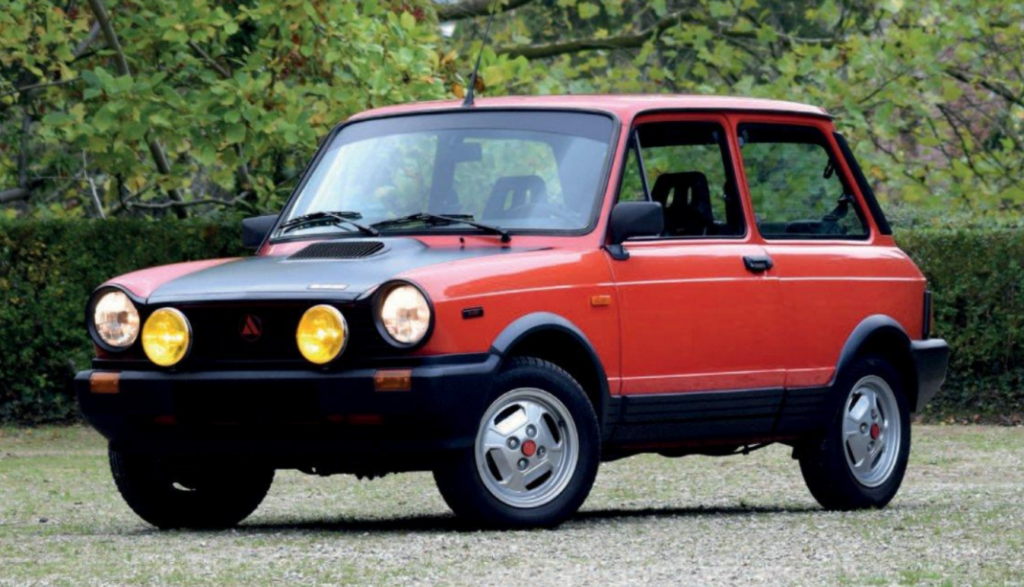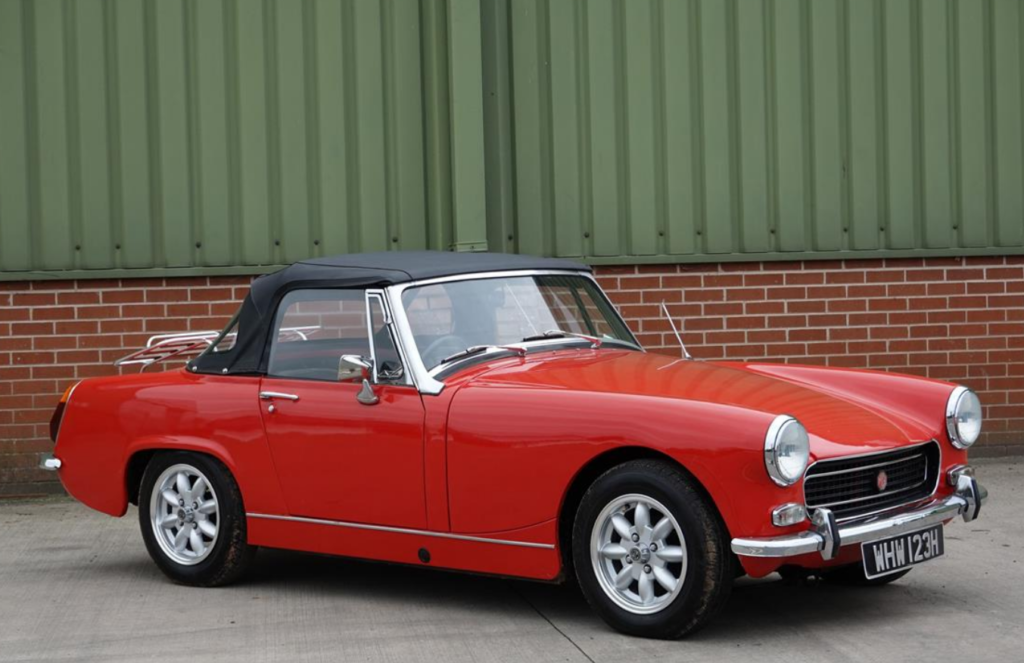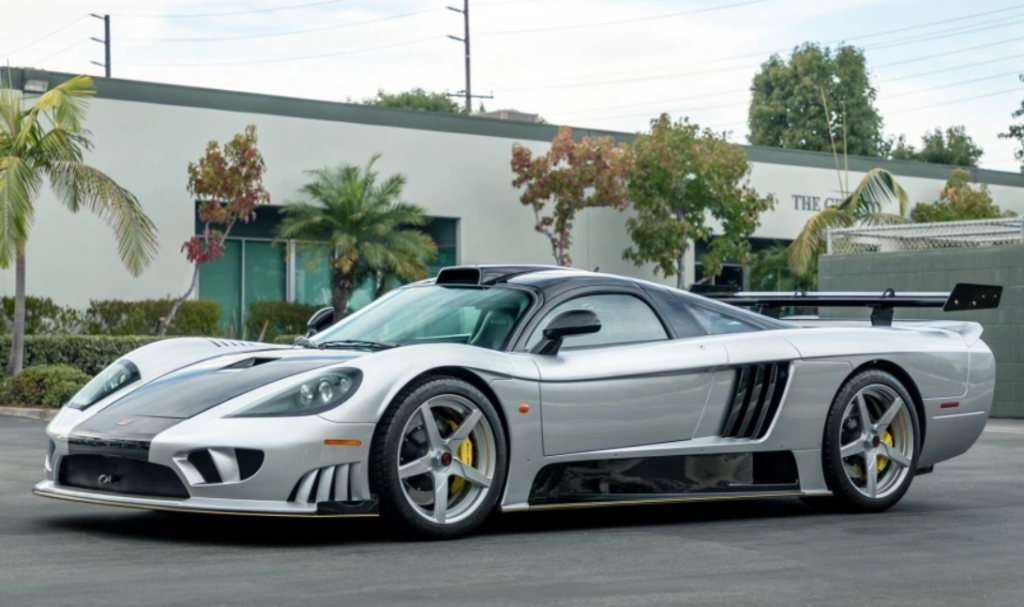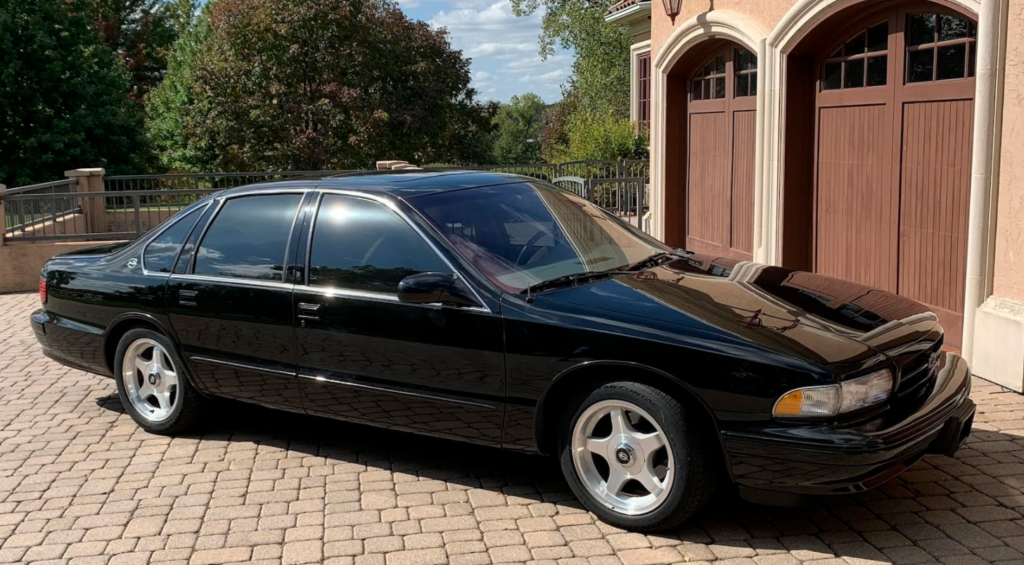1932 LaSalle Series 345B Town Coupe
Offered by Mecum | Kissimmee, Florida | January 7-17, 2021

LaSalle was Cadillac’s “companion marque,” and it launched in 1927. After Pontiac, it was the most successful marque of GM’s companion program with production continuing through 1940. A 1941 LaSalle mockup was produced but never entered production, and instead, it became the 1941-only Cadillac Series 63.
The brand produced V8-powered cars for the entire run, and styling was certainly derivative of Cadillac’s (or, you know, the same). It was, and looks like, a junior Caddy. The Series 345B was 1932’s model and the successor to 1931’s 345A. It was more or less identical to the V8 Cadillac of the same year. I mean, the differences were extremely subtle. Power is from a 5.8-liter V8 rated at 115 horsepower.
Two wheelbases were offered, and this is the shorter of the two, on which four body styles were available. The five-passenger Town Coupe sold for $2,545 when new (Cadillac’s V8 five-passenger coupe cost an extra $400). Only 3,290 LaSalles were built in 1932, and they did not have as good a survival rate as their Cadillac counterparts. You can read more about this one here and see more from Mecum here.
Update: Sold $45,100.









